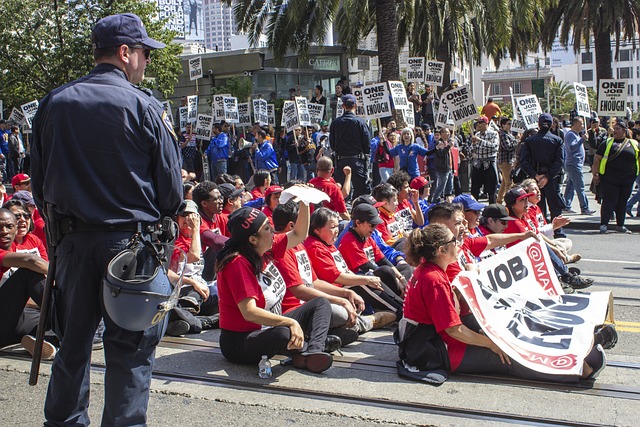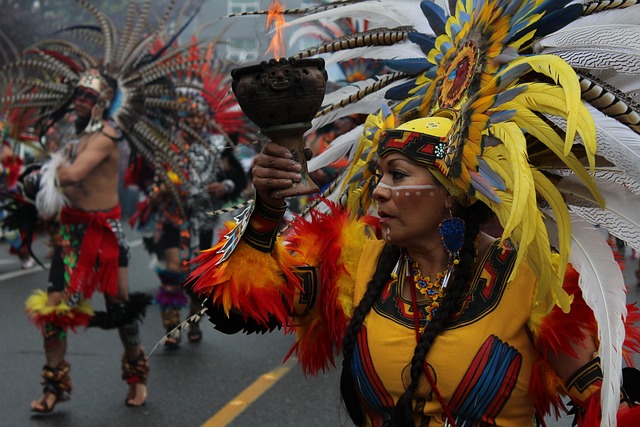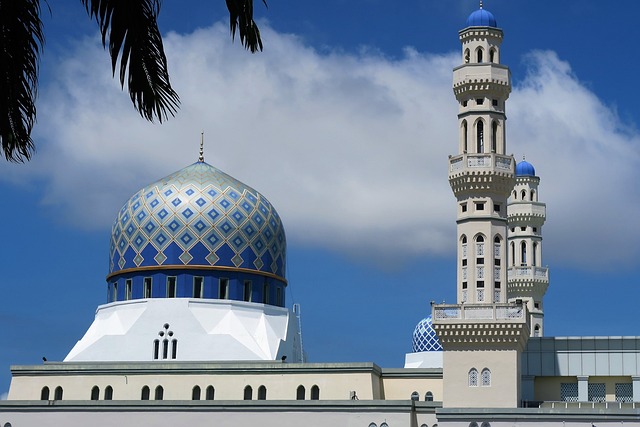Article Title:Harry Clarke and the material culture of modern Ireland
Abstract:
This article is 'the adventure of an idea' (Virginia Woolf) rather than a focused piece of argumentation. A drive out of contemporary Galway raises the question of the disappearance of vernacular architecture and local customs in globalized Ireland. The drive ends up near Ballinrobe at Creagh House, a memorial to the Free State's effort to wrestle with high culture's Big House past in Ireland. In Ballinrobe, in St Marys Church, in Harry Clarke's windows for that church, an alternative cultural possibility is discovered, in which fin-de-siecle aestheticism is wedded to native stories and customs. The question is addressed of how during the conservative 1920s Clarke was able to place such yellowish, ninety-ish windows in Irish Catholic churches. The life of his clerical patron in Ballinrobe, Father D'Alton, is revealed--a sensibility and form of Catholicism that, like Clarke's, was pushed out of the way in favour of a more authoritarian, puritanical, conservative and Rome-centred type of religion and state. The gap between intellectual culture and material culture in post-Catholic, boom-time Ireland is described, and the example of Harry Clarke offered as evidence of the possibility of reconciliation.
Keywords: Harry Clarke; aestheticism; Catholicism; arts and crafts; stained-glass windows; Yeats; Wilde; Beardsley; Free State; Ballinrobe; Geneva windows
DOI: 10.1080/09502360210141501
Source:TEXTUAL PRACTICE
Welcome to correct the error, please contact email: humanisticspider@gmail.com



